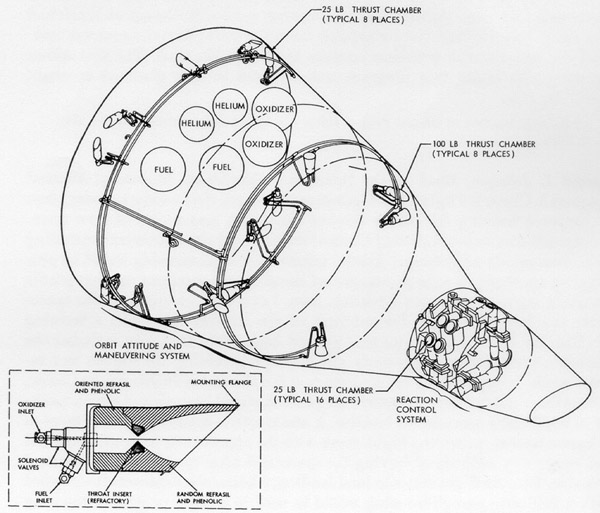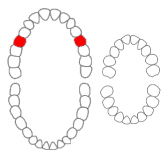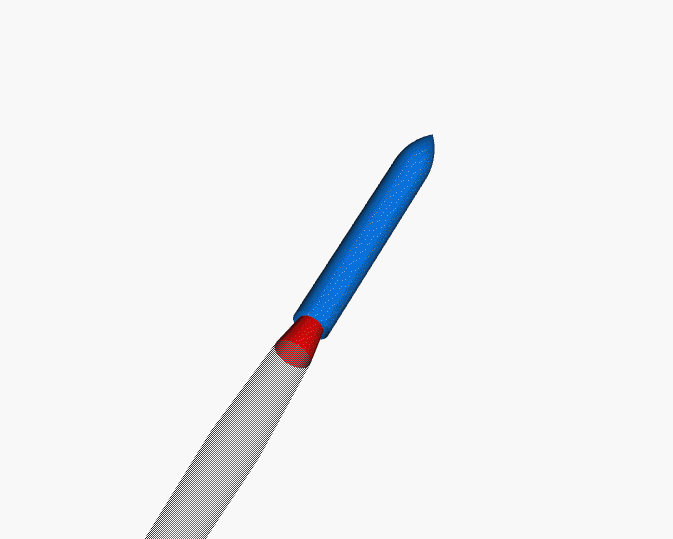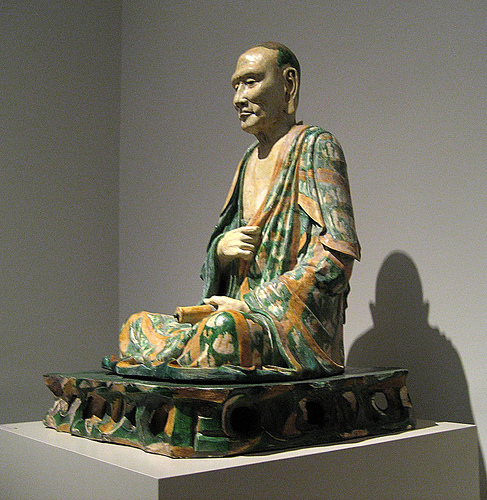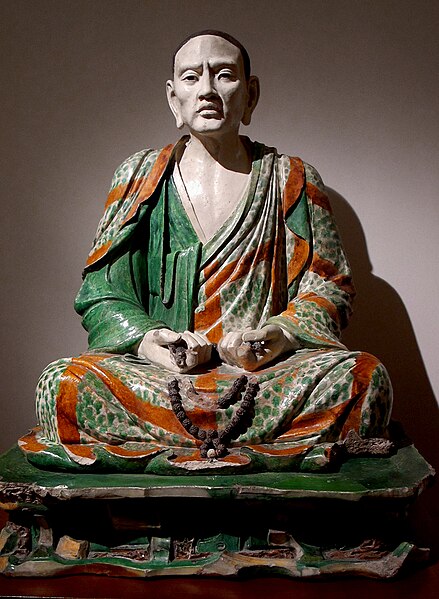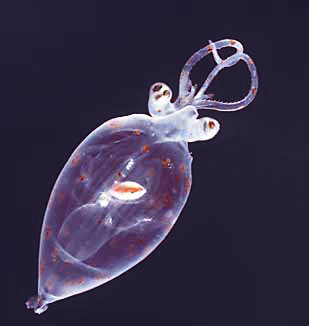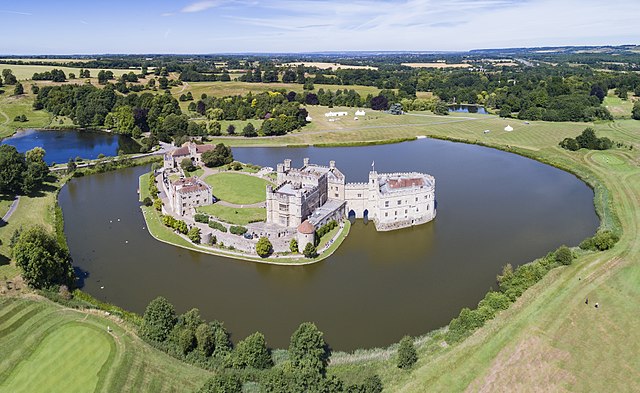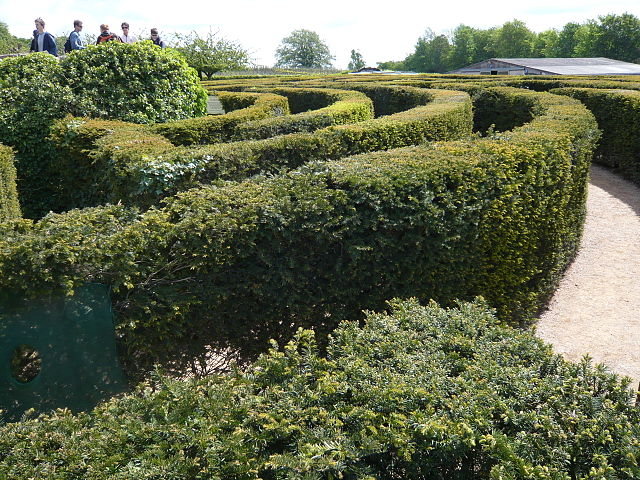We just learned about the Da Yu Ding.
Another famous Chinese sculpture is the Da Ke ding, made around 1000 BC in Shaanxi China.
Just like the Da Yu ding, this is a large sculpted bowl on a tripod, used to hold things usually for special ceremonies.
Along with the Da Yu ding and another ding, it is one of the most sacred historical treasures in China.
During the many wars through the years in China, enemies would come through towns and try to destroy all of the special sculptures and take the treasures of people.
The Pan family was the owner of the Da Ke ding, and they knew people would try to destroy it so they buried it underground to hide it.
Armies came into town and tried to dig around and find it, but they never did, so it is one of the few pieces of history telling the story of what happened long ago.
It is about 36 inches tall and weighs over 400 pounds.
It has special patterns and dragons carved into it, and inside are 290 letters inscribed telling the story of Ke, the ruler of the Western Zhou dynasty.

(from: wikipedia - da ke ding)
Kid Facts - Blast from the past: Equestrian statue of Bartolomeo Colleoni - Verrocchio

